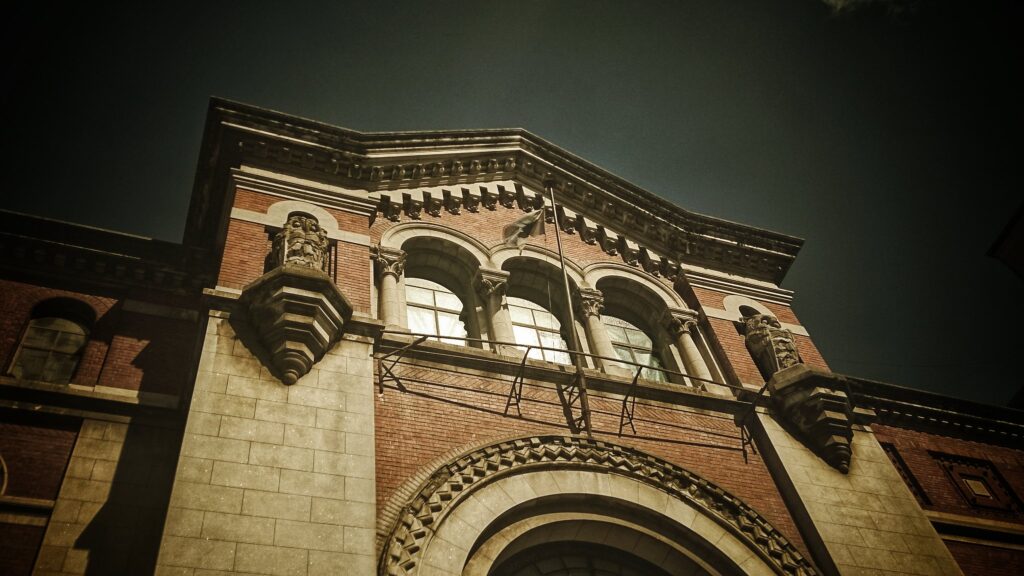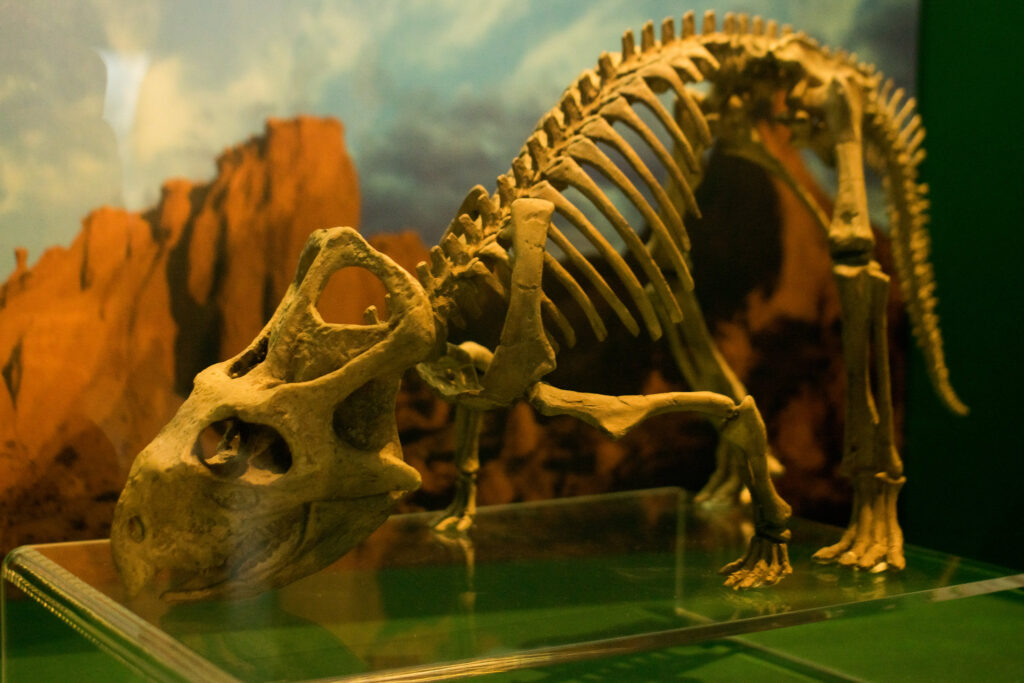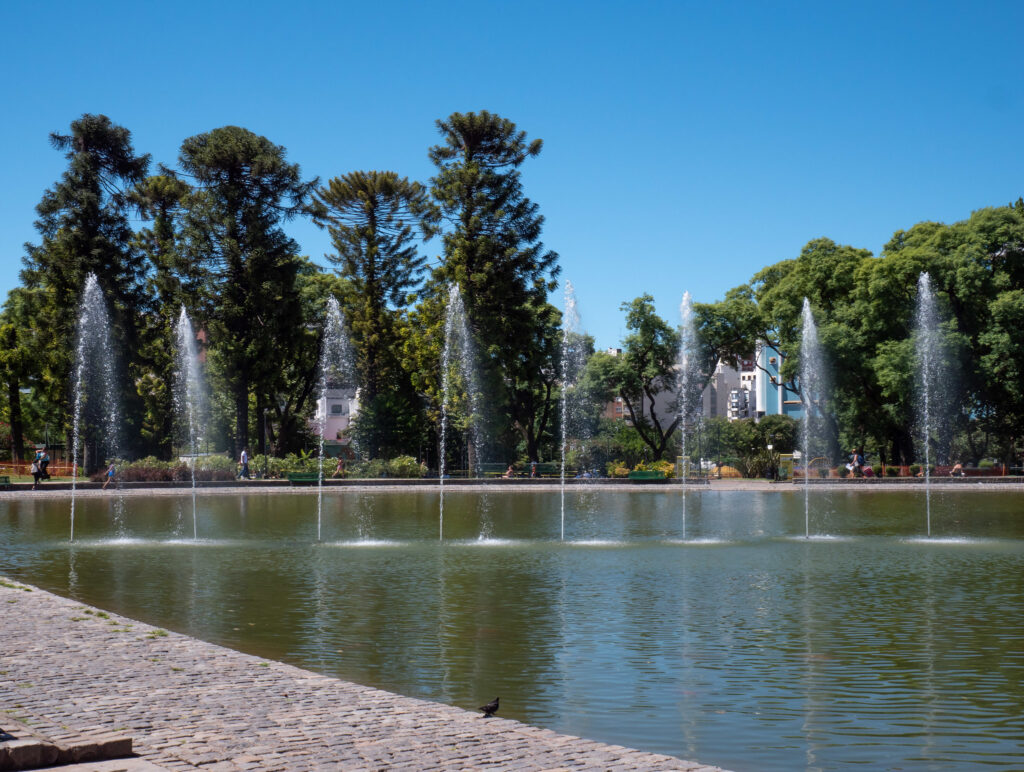What makes the Bernardino Rivadavia Natural Sciences Argentine Museum a top attraction in Buenos Aires? As one of the most imposing museums in Argentina, this landmark is celebrated not just locally but throughout Latin America and the world.
Located in the vibrant Parque Centenario, it offers an unparalleled journey through natural history, with extensive exhibits and active research centers that keep the community informed about the latest scientific discoveries.
Whether you’re a digital nomad, traveler, or expat, ExpatPathways invites you to delve into this guide to discover everything you need to know before visiting this extraordinary museum.
Bernardino Rivadavia Natural Sciences Argentine Museum (Buenos Aires): Everything you Need to Know Before Your Visit
What is the Bernardino Rivadavia Museum of Natural Sciences in Buenos Aires?
The Bernardino Rivadavia Argentine Museum of Natural Sciences (MACN) is one of Argentina’s premier natural science museums. Founded in 1812, it is located in Parque Centenario, in the Caballito neighborhood of Buenos Aires.
The museum is an executing unit of the National Scientific and Technical Research Council (CONICET) under the Ministry of Science, Technology, and Productive Innovation (MINCyT).

Historical Background
The museum’s origins date back to 1812, when the First Triumvirate, inspired by Bernardino Rivadavia, invited provinces to collect materials to establish a Natural History Museum. Officially founded in 1823, the museum has housed numerous notable researchers and directors over the years, including Alcides d’Orbigny, Fernando Lahille, and Florentino Ameghino.
The museum moved through several locations, including the Convent of Santo Domingo and the Manzana de las Luces, before settling in its current building in 1937, designed according to European science museum standards.
Architectural Significance
The current building, one of the few purpose-built for this function, features numerous decorative elements referencing native flora and fauna, making it a significant architectural and cultural landmark.
Notable decorative details include owls symbolizing wisdom flanking the first-floor windows, bronze spiders adorning the doors, and wrought-iron balustrades featuring stylized land snails and climbing monkeys. The building, now only a third of the original project, is recognized for its architectural beauty and historical importance.
Mission and Vision
The museum’s mission focuses on developing capable researchers, responsibly managing resources, and being a leader in public communication of natural sciences. It aims to help the community discover, understand, value, and enjoy nature while facilitating access to natural sciences and cultural heritage knowledge.
The museum strives to be a valued institution in Argentina and the region, known for its professional staff, academic development, scientific collections, and commitment to society through educational and cultural initiatives.
Exhibitions to Enjoy at the Museum
The museum boasts 14 different exhibitions covering a wide range of topics, including current and historical animals, paleontology, geology, malacology, general museum history, and osteology. The comprehensive collection, one of the most complete in Latin America, includes thematic rooms dedicated to paleontology, geology, amphibians, reptiles, and arthropods.
Additionally, the museum is particularly attractive to children, featuring complete dinosaur skeletons and extensive insect collections. Interactive spaces and activities designed for kids make it a great educational destination for families.
The museum’s dedication to scientific research is evident through its operation of the National Institute for Research in Natural Sciences, where CONICET researchers and scholars conduct studies across various biological and natural science disciplines.
Where is the Bernardino Rivadavia Museum of Natural Sciences located?
The Bernardino Rivadavia Natural Sciences Museum is situated in the Caballito neighborhood of Buenos Aires, specifically within the Parque Centenario area, facing Avenida Ángel Gallardo. Parque Centenario is bounded by Ángel Gallardo Avenue to the north, Patricias Argentinas Avenue to the east, Leopoldo Marechal Avenue to the west, and Avenida Díaz Vélez to the south.
On the map of Buenos Aires, the museum is located in the northern part of the Caballito neighborhood, close to the borders with Almagro and Villa Crespo. Its central location within the city makes it easily accessible for visitors coming from different parts of Buenos Aires.
How Can I Get to the Bernardino Rivadavia Museum of Natural Sciences?
Getting to Parque Centenario, where the Bernardino Rivadavia Museum of Natural Sciences is located, is quite easy. Numerous bus lines pass through the avenues and streets surrounding or near Parque Centenario, including lines 15, 55, 65, 71, 92, 99, 105, 124, 135, and 146.
The B and A subway lines also have stations relatively close to Parque Centenario. However, in both cases, you will need to walk a few blocks from these stations to the museum. Trains are not a convenient option as the nearest railway lines do not have stations close to the area.
The museum’s location is ideal for bicycles or private vehicles, except during peak hours (8-10 am and 5-8 pm). Walking around the perimeter of Parque Centenario, approximately 1.5 km, is a simple and safe way to find the museum. Look for the imposing building with a fence in front, located near the second entrance opposite a school, to find the museum entrance.
The museum is open from 2 pm to 7 pm every day. No prior reservation is required, and the entrance fee is very affordable, charged per person. The museum allows only small bags inside, with a cloakroom available for larger backpacks. Eating and drinking inside are prohibited, and the museum is accessible for people with disabilities, featuring elevators.
Things to See and Activities to Do at the Bernardino Rivadavia Museum of Natural Sciences in Buenos Aires
Exhibitions
The museum boasts a variety of collections accessible to both specialized and general audiences. The different rooms are well-organized by themes, featuring presentations, videos, images, fossils, infographics, minerals, skeletons, and more. This organization allows visitors to immerse themselves in various aspects of natural science.
Photos and Videos
If you’re looking to capture spectacular photos and videos, the Bernardino Rivadavia Museum of Natural Sciences is the perfect place.
You can photograph and film the various collections, infographics, objects, and animals, including the impressive dinosaur fossils. Be sure to check with museum staff for any restrictions on flash photography or filming.

Special Events
The Bernardino Rivadavia Museum of Natural Sciences often hosts special events, some directly related to natural sciences or its collections, and others with different themes. One of the most celebrated events is Halloween, during which the museum stays open late and is decorated accordingly.
Another notable event is La Noche de los Museos, organized by Buenos Aires, where museums across the city remain open late into the night, offering a unique and often free nocturnal experience.
Enjoy Parque Centenario
Don’t forget that the Bernardino Rivadavia Museum of Natural Sciences is located in Parque Centenario. You can make the most of your visit by also enjoying a stroll around the park.
Remember that the museum closes at 7 pm, so plan your visit to allow enough time to explore both the park and the museum.

Last Considerations
Have you planned your visit to the Bernardino Rivadavia Natural Sciences Argentine Museum yet? Open to everyone, this museum is a must-see in Buenos Aires, with each collection offering unique insights into the natural world.
Whether you’re a digital nomad, traveler, or expat, you’ll find it worthwhile to take your time exploring the exhibits. Plus, children under 6 get free entry when accompanied by their families.
Trust ExpatPathways to provide all the information you need for a fulfilling visit to this renowned institution, and make the most of your time discovering the treasures within.
(Featured Image Source: Maik Lopes/flickr.com)


